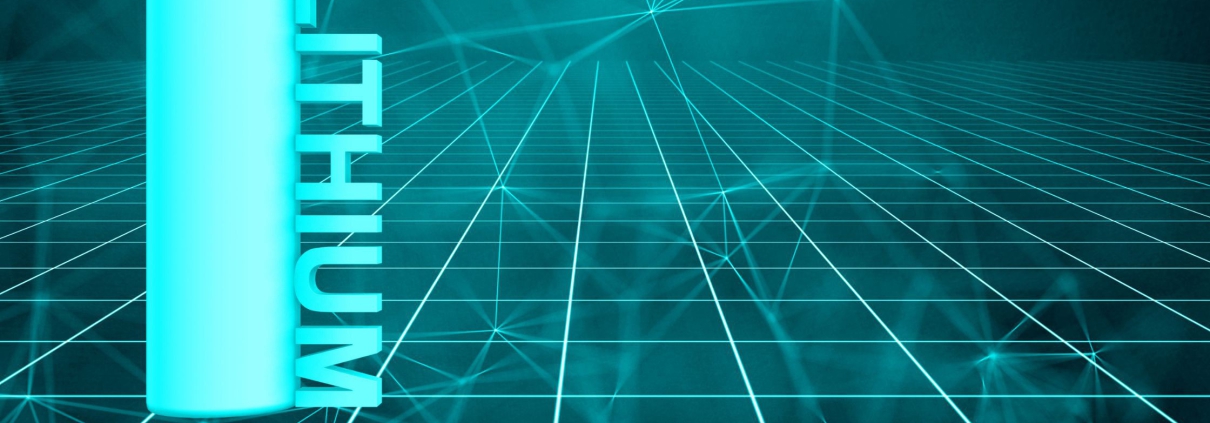The Complete Guide to Battery Classification: Understanding All Types of Lithium Batteries and Beyond
In today’s electrified world, batteries power everything from personal electronics to industrial vehicles. But not all batteries are created equal. Whether you’re an engineer, fleet manager, or just curious about the energy systems behind modern devices, understanding how batteries are classified is key to choosing the right technology.
This article provides a comprehensive overview of battery classification—from fundamental divisions like primary vs. secondary batteries to advanced chemistries like lithium iron phosphate and solid-state cells. We’ll also explore where these battery types are used, including applications like golf carts and electric forklifts, where lithium battery adoption is accelerating.
- By Rechargeability: Primary vs. Secondary Batteries
This is the most basic way to classify batteries:
- Primary batteries
Non-rechargeable; used once and discarded. Common in low-drain devices like remote controls, clocks, and flashlights.
🔹 Examples: Alkaline batteries, Zinc-carbon cells, Primary lithium batteries - Secondary batteries
Rechargeable; designed for multiple charge-discharge cycles. Dominates most modern applications.
🔹 Examples: Lead-acid, lithium-ion, nickel-metal hydride (NiMH), sodium-ion
- By Chemical Composition: All Major Types of Lithium Batteries and Others
🔋 Lithium-Ion Batteries (Li-ion)
The most prominent battery family today, with high energy density, low maintenance, and flexible design. Li-ion cells come in several subtypes:
| Type | Key Features | Common Applications |
| Lithium Iron Phosphate (LiFePO₄) | High safety, long cycle life, thermal stability | Golf carts (48V systems), forklifts (51.2V/73.6V), energy storage |
| Lithium Nickel Manganese Cobalt (NMC) | High energy density, good overall performance | Electric vehicles, e-bikes |
| Lithium Manganese Oxide (LMO) | High thermal stability, moderate performance | Power tools, medical devices |
| Lithium Cobalt Oxide (LCO) | Very high energy density, less stable | Smartphones, tablets |
| Lithium Titanate (LTO) | Extremely fast charging, wide temp range | Specialty electric vehicles, industrial uses |
✅ For a deep dive into lithium battery technologies and where they’re heading, check out The Evolution and Future of Lithium Batteries.
🔋 Lead-Acid Batteries
- Low cost, proven technology
- Heavy, shorter lifespan
- Used in starter batteries, backup power, older forklifts
🔋 Nickel-Based Batteries
- NiMH: Safer than NiCd, decent capacity, now largely replaced by Li-ion
- NiCd: Robust but has memory effect and environmental concerns
🔋 Sodium-Ion Batteries
Emerging alternative with promising low-cost and abundant materials, suited for large-scale energy storage.
🔋 Solid-State Batteries
Still in development or early-stage commercial use. Promises higher energy density and improved safety by replacing liquid electrolytes with solids.
- By Application Use Case
From consumer gadgets to heavy-duty machines, battery types can be grouped by usage category:
| Category | Examples | Common Battery Types |
| Consumer Electronics | Phones, headphones, laptops | Lithium-ion (LCO, NMC), Li-polymer |
| Stationary Energy Storage | Solar backup, telecom, grid storage | LiFePO₄, sodium-ion |
| Electric Mobility (General) | EVs, e-bikes, light electric vehicles | NMC, LiFePO₄ |
| Light-Duty Motive Power | Golf carts, utility vehicles | 48V lithium (LiFePO₄) |
| Industrial Motive Power | Electric forklifts, pallet jacks, AGVs | LiFePO₄ (51.2V, 73.6V) |
| Disposable/Low-Drain | Toys, remotes, clocks | Alkaline, zinc-carbon, CR lithium cells |
🔎 The U.S. golf cart market is rapidly shifting to lithium solutions. Learn more in The Growing Market for Lithium Golf Cart Batteries in the USA.
🏭 For industrial operations considering a battery upgrade, don’t miss The 2025 Forklift Battery Guide, covering specs, safety, and cost factors.
- By Physical Format
Batteries also come in different structural formats:
- Cylindrical cells – e.g., 18650, 21700 (used in power tools, EV packs)
- Prismatic cells – compact and structurally efficient (used in energy storage and vehicles)
- Pouch cells – lightweight and flexible (used in drones, phones)
- Battery modules/packs – assembled from cells, typically seen in forklifts and golf carts
- By Power Characteristics
- High Energy Batteries – optimized for long runtime (used in EVs, storage)
- High Power Batteries – built for quick discharge, high torque (used in forklifts, drones)
- Balanced Batteries – optimized for both energy and power (e.g., utility vehicles)
- By Operating Temperature Range
- Standard batteries – used in controlled environments
- Wide-temp batteries – suitable for outdoor and industrial use
- High-temp batteries – withstands 80°C+ for harsh settings
Conclusion: Know the Battery Before You Choose It
Battery technology is more diverse than ever, with each type designed for a specific balance of energy, safety, cost, and form factor. Understanding these classifications is essential whether you’re powering a phone, upgrading your golf cart, or managing a forklift fleet.
And if you’re looking to source high-quality lithium battery systems locally, especially for motive power applications, check out our guide to lithium battery suppliers in USA.


